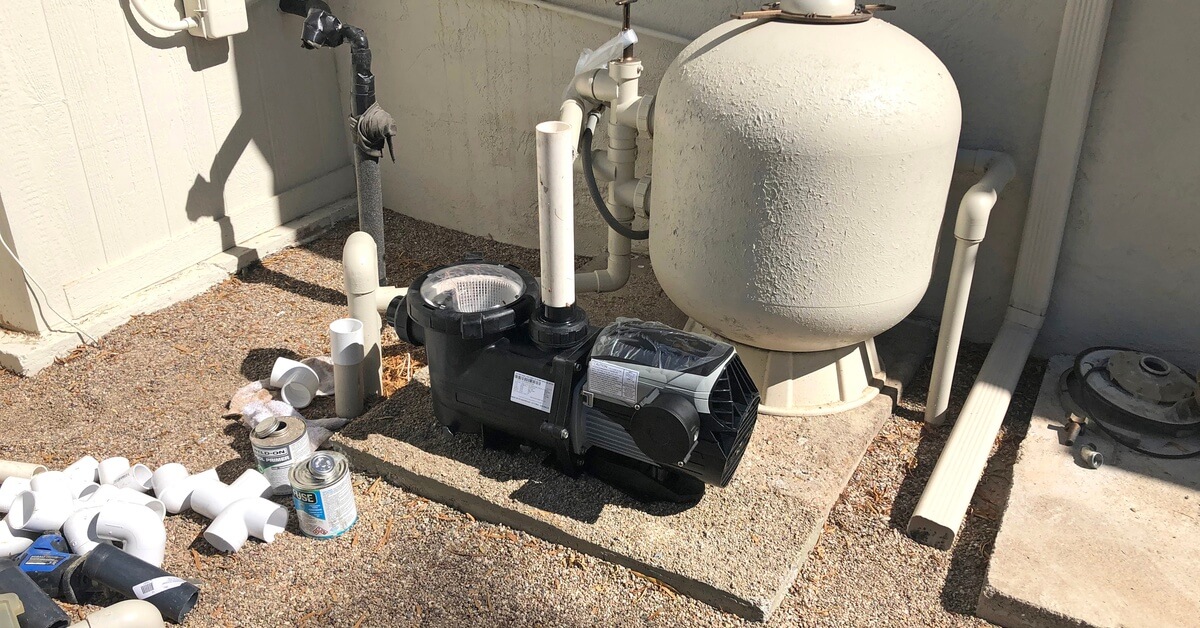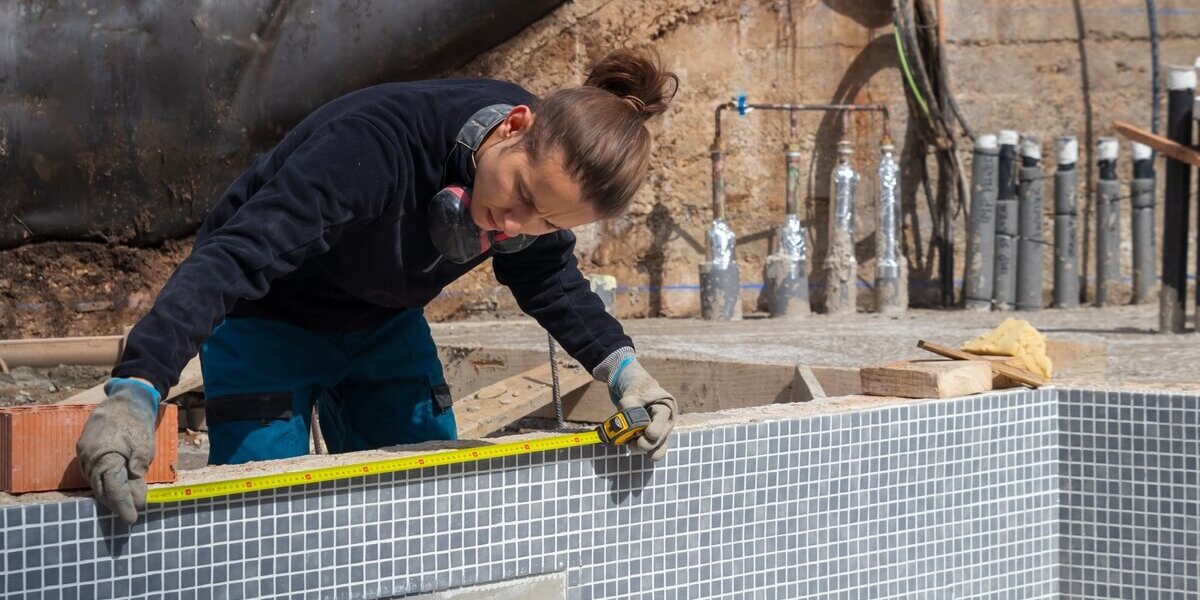Guide to Commercial Pool Renovations: What You Need To Know
Renovating a commercial pool requires careful planning, attention to detail, and professional guidance. Whether the pool shows signs of wear and tear, no longer meets current safety standards, or needs a modern refresh, a renovation can completely transform this feature.
A commercial pool is at the heart of many businesses, from hotels and resorts to fitness centers and community recreation spaces. Therefore, maintaining a pool’s appearance and functionality is crucial to business operations.
From identifying the best time to begin the project to managing the technical aspects and staying within budget, each decision plays a critical role in the success of the renovation. This guide to commercial pool renovations will equip you with the knowledge to make informed improvements.
Signs That a Commercial Pool Needs Renovating
Cracks in the foundation, chipped or peeling plaster, and visible deterioration of tiles are structural red flags indicating damage that needs immediate attention. Persistent leaks, whether from the pool or plumbing systems, can escalate water bills and waste resources if unaddressed.
Outdated or malfunctioning filtration and circulation systems compromise water quality and can result in health code violations. Aging pool designs or finishes can discourage visitors and reduce user satisfaction and usage. Early identification of these problems through regular inspections can keep your business compliant with safety regulations while enhancing the visitor experience.
Set Goals for the Renovation
Before embarking on a renovation, define clear and comprehensive goals to guide every aspect of the project. Identify the primary objectives: are you aiming to increase safety measures for a secure user environment, improve the pool’s appearance, or implement energy-efficient upgrades?
By evaluating your priorities, you can establish a vision for the renovation that aligns all decisions with the overarching goals, maximizing the pool’s efficiency, functionality, and enjoyment.
Cost Factors
 Budgeting is vital to any successful commercial pool renovation, ensuring projects stay on track financially. The overall cost of renovations can vary greatly. It’s influenced by the size of the pool, the complexity of the required updates, and the quality of materials or technology chosen.
Budgeting is vital to any successful commercial pool renovation, ensuring projects stay on track financially. The overall cost of renovations can vary greatly. It’s influenced by the size of the pool, the complexity of the required updates, and the quality of materials or technology chosen.
Develop a thorough budget early in the planning process that outlines all anticipated costs and sets aside a contingency fund to cover unexpected expenses. Balancing current expenses with long-term savings and prioritizing essential upgrades will maximize the value and longevity of the renovated facility.
Upgrade Pool Features
Implementing energy-efficient LED lighting can reduce energy consumption while creating a vibrant atmosphere, particularly for nighttime use. Modernizing deck materials with visually appealing, slip-resistant, and durable options improves safety and contributes to the overall aesthetic of the space.
Adding dynamic water features such as fountains, waterfalls, or bubblers introduces a sense of luxury and relaxation, making the pool area more inviting. Consider elements that resonate with your property’s branding and meet the needs of your clientele, making the pool a standout feature that adds value.
Work With Professionals
When dealing with commercial pools, the complexities of renovation require licensed contractors with specialized knowledge. Hiring experts in the field ensures compliance with safety regulations to prevent future problems.
Professional commercial pool renovation services can provide accurate cost estimates, recommend creative solutions, and complete work efficiently. Vetting potential companies for licenses, certifications, and customer reviews is critical in finding the right team for your project.
Modernize the Pool System
 Upgrading outdated pool systems is an excellent way to enhance efficiency and convenience while reducing long-term operating costs. Older filtration systems, water heaters, and chlorination methods are commonly less energy-efficient and can lead to high utility expenses. By replacing these with modern, energy-efficient alternatives, property owners can greatly improve the pool’s overall performance while minimizing environmental harm.
Upgrading outdated pool systems is an excellent way to enhance efficiency and convenience while reducing long-term operating costs. Older filtration systems, water heaters, and chlorination methods are commonly less energy-efficient and can lead to high utility expenses. By replacing these with modern, energy-efficient alternatives, property owners can greatly improve the pool’s overall performance while minimizing environmental harm.
Advanced automation technology adds another layer of convenience, enabling seamless monitoring and control of critical aspects like water quality, temperature, and maintenance schedules through user-friendly apps or interfaces. Modern systems typically require less frequent maintenance, which can save you time and effort.
Eco-Friendly Renovation Options
Eco-friendly renovation options offer benefits for the environment and property owners. These options can include the installation of energy-efficient heating solutions, such as heat pumps or energy-saving pool covers designed to retain warmth and reduce heat loss. Solar panels are another excellent addition, harnessing renewable energy to power pool systems while reducing reliance on nonrenewable resources.
Eco-conscious materials, such as responsibly sourced hardwood and natural stone, can elevate the aesthetic appeal of the space while adhering to green principles.
Each of these upgrades can reduce environmental footprints and decrease long-term operational costs by cutting energy and water consumption. Implementing eco-friendly solutions demonstrates environmental responsibility, which resonates positively with modern consumers who increasingly value businesses that prioritize sustainability.
Establish a Renovation Timeline That Minimizes Downtime
When planning a pool renovation, develop a timeline that minimizes disruptions to daily operations. Begin by identifying off-peak seasons when the pool experiences reduced usage; this is the ideal time to schedule construction work.
If possible, phase the renovation to keep portions of the facility operational. Prepare clear and proactive communication strategies to inform guests, patrons, and employees about the scope of the work, expected timelines, and temporary adjustments or closures.
Maintain the Pool Post-Renovation
A maintenance plan should include routine inspections of all systems, such as pumps, filters, and heaters, to ensure they function correctly. Regular cleaning of the pool’s surfaces, including skimming, vacuuming, and brushing, helps prevent debris buildup and protects the finish from damage or discoloration.
Staff training plays an important role in maintaining the pool effectively because knowledgeable personnel can quickly identify and address potential problems before they escalate. Scheduling professional servicing when needed and staying proactive with repairs can extend the life of the upgrades and save on costly fixes down the line.
Commercial pool renovations are an essential investment in your property’s success. Approaching the process strategically, with clear goals, professional guidance, and attention to detail, will ensure the pool is safe, visually appealing, and functional for many years.
Whether updating designs, implementing advanced technologies, or improving safety, the benefits of a well-planned renovation far outweigh the initial challenges. An attractive, functional pool can enhance guest satisfaction, boost property appeal, and help you stand apart in a competitive marketplace.
























